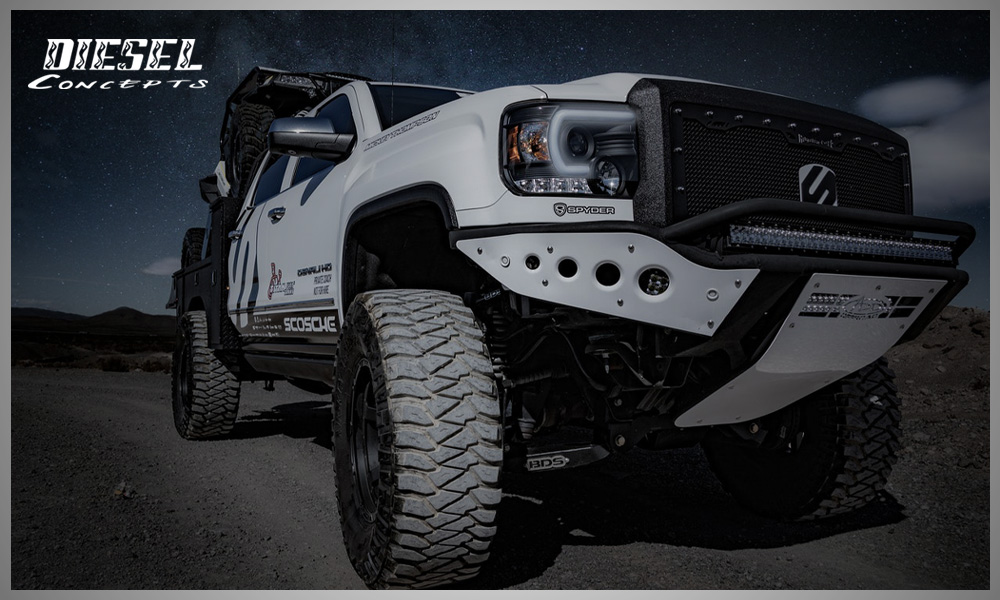Brakes Services
Brakes are pretty much the most important safety device on your car. If you’ve ever partially lost your brakes in the past, you’ll agree that it’s not something you want to experience again. Inspecting your brakes twice a year for wear and damage can protect you and your passengers. Additionally, it will also help save you money by catching any damage before it becomes too costly.
Brake System Components That Can Fail
The master cylinder, the heart of the vehicle’s braking system, holds the brake fluid when it is not being delivered to the brakes through the brake lines. If brake fluid leaks because the master cylinder is worn or brake lines are plugged or broken, the fluid cannot be delivered, and the brake pads will become ruined.
The brake fluid itself can become dirty or contaminated as it draws rust-causing moisture and picks up other debris, or it can break down from excess heat. Clean brake fluid is either clear or slightly yellow, while dirty brake fluid may be brown or even black. Old and dirty brake fluid can damage ABS brake systems internally.
The brake lines connect to the master cylinder through a combination valve, which combines a metering and proportioning valve. It regulates the pressure on the front and rear wheels to make sure both sets of brakes are applied simultaneously. A malfunctioning combination valve may cause the wheels to lock up.
Brake pads and shoes can be made of ceramic, metal, or organic materials, while the disc rotors and drums they press against are made of metal. Because the pads and shoes create friction to stop the car, they gradually wear down over time and may wear away completely, letting the metal of the calipers and cylinders they are attached to grind against the rotors and drums and damage them. Some pads have a metal strip attached that sounds a warning whistle when the pad becomes too worn, but this strip sounds only when the car is in motion and the brakes are not applied.
Oil Change Service
Engine Oil
Engine oil is what lubricates a car’s engine, allowing it to run smoothly and last longer. Car owners must maintain a car’s engine by changing the oil and using the oil appropriate for their car’s make and model. Every car comes with a “check oil” light and an oil filter under the hood. These components allow car owners to monitor their oil levels and add oil as needed without having to hire a mechanic.
Changing the Oil
An important part of routine car maintenance is changing the oil regularly. The necessary frequency of oil changes has become a point of contention among experts. The Engine Oil Bible maintains that engine oil can’t be changed often enough, but Nordic Group insists that, with the advent of detergent oils and multi-weight oils, some vehicles can go as far as 6,000 miles before needing an oil change. The best course of action is to check the owner’s manual and follow the manufacturer’s recommendations.








